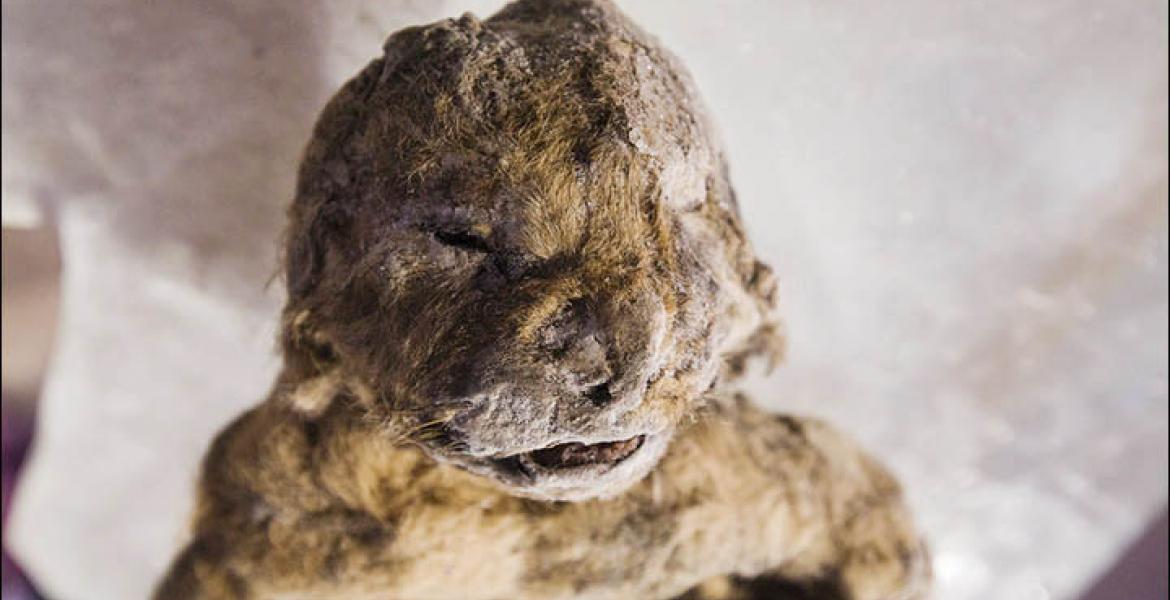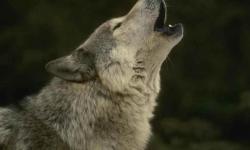Scientists attempt to clone cave lions
South Korean scientist Hwang Woo-suk is hoping to clone cave lions after two well-preserved cubs were discovered in the Siberian permafrost last year.
The cubs, named Uyan and Dina, are at least 12,000 years old and are the best preserved of their species. Dr Albert Protopopov, head of the mammoth fauna studies department of the Yakutian Academy of Sciences, said they 'are complete with all their body parts: fur, ears, soft tissue and even whiskers'. It is believed that their mother placed them in a cave to protect them from predators, before a landslide covered them. They remained in the permafrost in the Yakutia or the Sakha Republic region of Siberia, until they were discovered in 2015.
Hwang Woo-suk has visited Yakutsk where they are currently stored to obtain samples for testing and to try to find living cells suitable for cloning. He is already working on cloning woolly mammoths, and hopes the few samples he was able to take from the much smaller and more delicate cave lion cub, Dina, will be enough to clone the cave lions.
Further work on the cubs is expected to take this year, and it is hoped it will allow scientists to discover more about how cave lions lived, as well as why they died out about 10,000 years ago.
You can find out more about the cave lion cubs and the hopes of cloning them here.
- Log in to post comments





